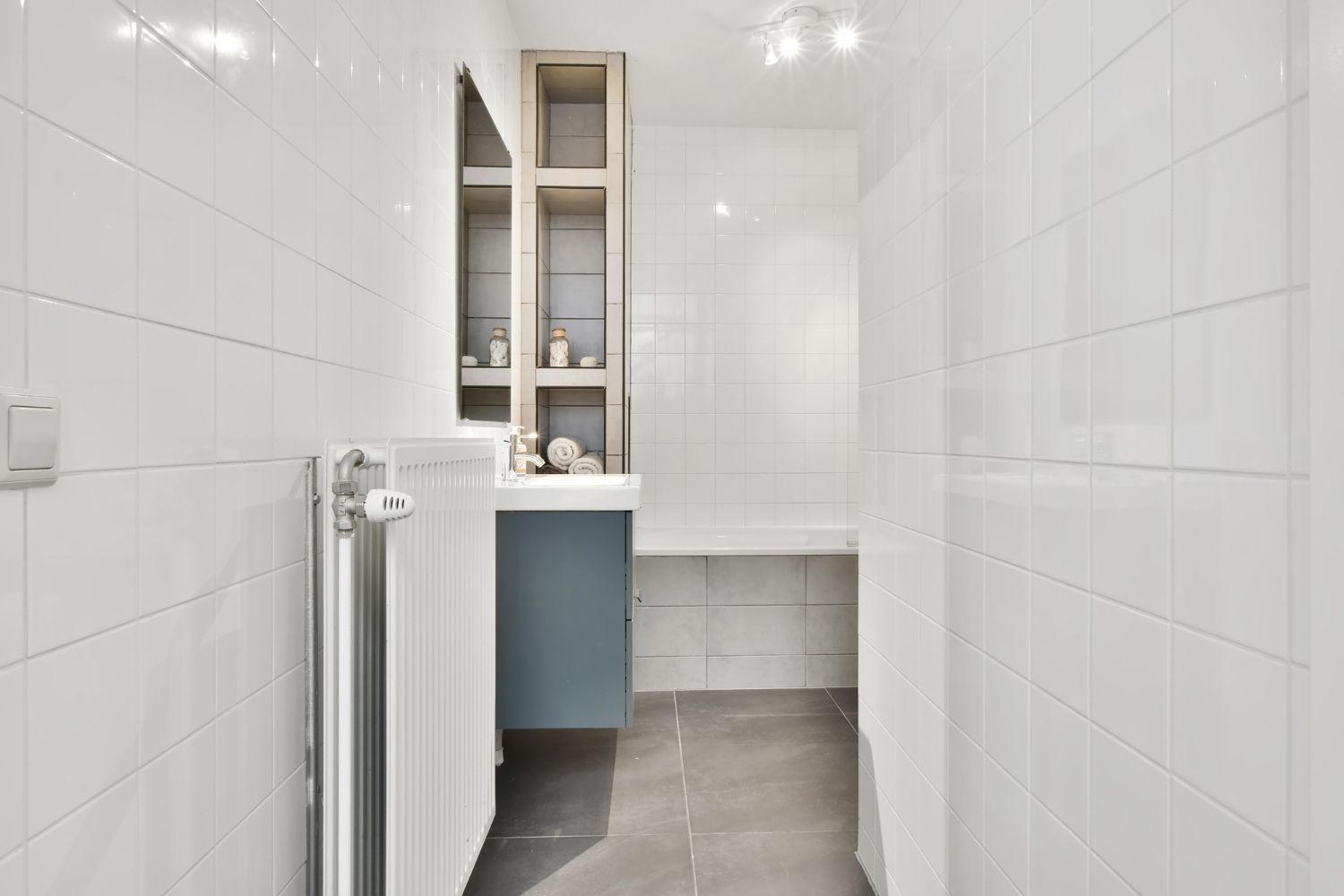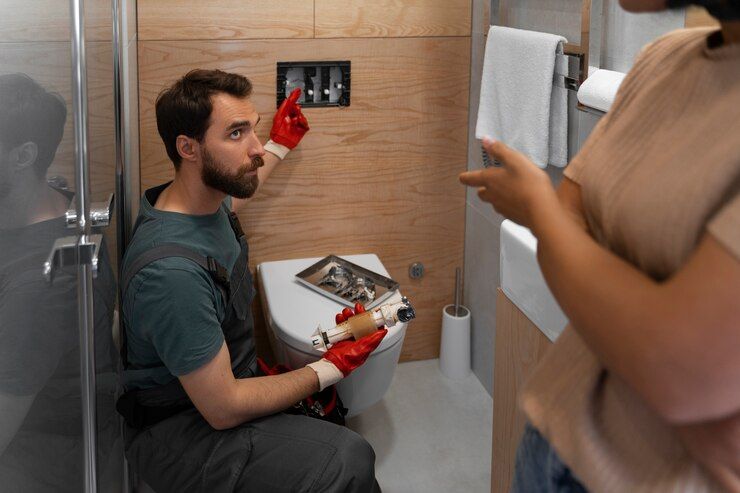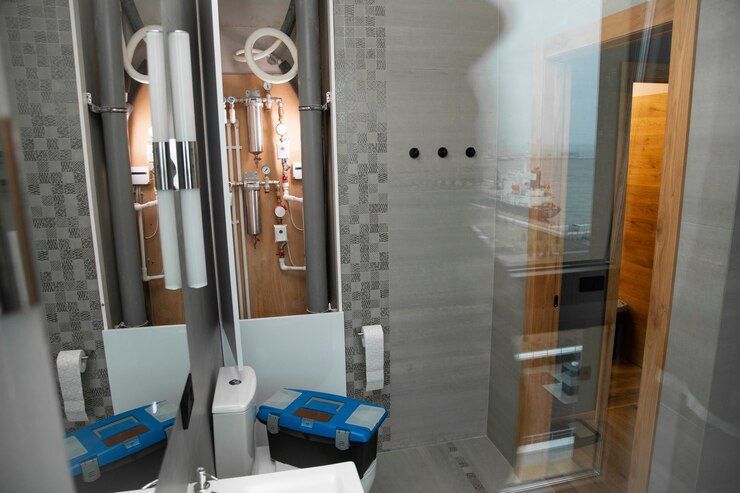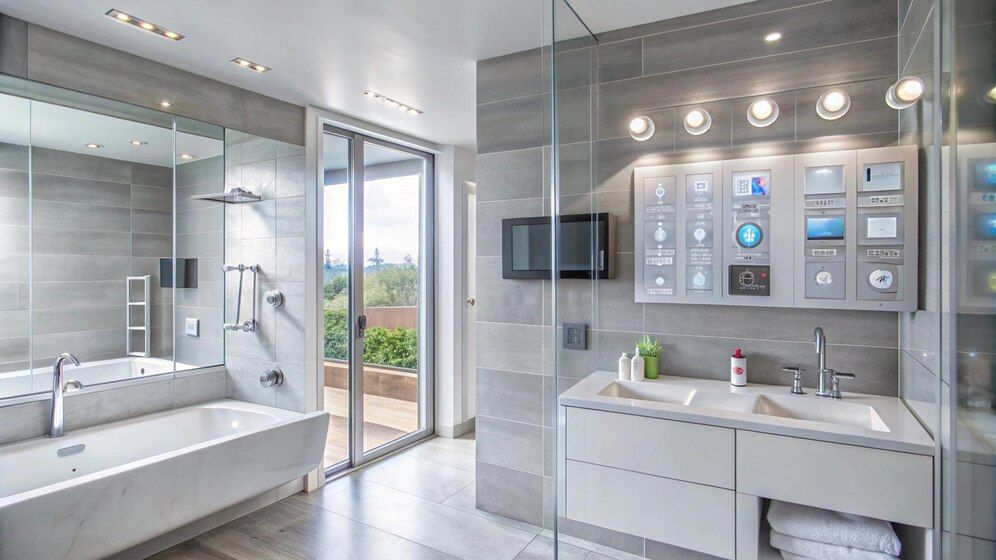What to Do When Bathroom Tiles Are Cracking

Bathroom tiles offer both functionality and style to your space, but their charm can be diminished when they start to crack. While minor damage might seem like a trivial issue, ignoring cracked tiles can lead to bigger headaches over time. From gradually worsening damage to potential water leaks, these small imperfections can escalate into costly repairs.
Promptly addressing cracked tiles is key. It saves money in the long run and maintains the safety and aesthetics of your bathroom. Water sneaking through cracks can cause extensive damage beneath the surface, leading to more than just appearance issues. Tackling this problem early keeps your bathroom looking fresh and prevents avoidable expenses.
Common Causes of Cracked Bathroom Tiles
Understanding why tiles crack is the first step in fixing them. Several factors contribute to these breaks:
- Improper Installation: When tiles are not installed correctly, they face uneven pressure, sometimes leading to cracks. If the adhesive isn't spread evenly, some tiles might not be fully supported. This unevenness increases the risk of breakage when weight is applied.
- Foundation Problems: If your home experiences foundation shifts, tiles can crack due to movement underneath them. This is especially true if your house is older or located in an area prone to shifts.
- Heavy Impact: Dropping a heavy item on your bathroom floor can lead to instant tile damage. Everyday accidents, like a falling shampoo bottle, can create a noticeable crack.
Each of these causes weakens your tiles in different ways. Recognizing what's behind the damage helps in deciding on the right solution, whether it's a patch job or a replacement. In Maryland locations like Annapolis and Bowie, understanding these factors is crucial as homes can experience different levels of humidity and seasonal temperature changes that might exacerbate these issues.
Identifying the Severity of Tile Cracks
Before you can decide on a course of action, it's important to determine how serious the crack is. Some cracks are purely surface-level, while others may indicate deeper problems. Here's how to assess the severity:
- Surface vs. Structural: Check if the crack is just on the surface or if it's reaching deeper into the tile. Superficial cracks may only need cosmetic repairs, while deeper ones often require full replacement.
- Underlying Issues: Pay attention to recurring patterns of cracks, which might point to repeated stress or an underlying issue like moisture problems or foundation shifts.
- Spreading Cracks: If you notice cracks widening or extending, it's a sign of ongoing stress or pressure, and it often means there's a more serious issue at play.
Once you've assessed the severity, you'll have a clearer idea of how to proceed. However, if you're unsure, consulting a professional is always a safe bet, especially to prevent further damage.
Steps to Take When You Notice a Crack
Once you spot a crack in your bathroom tiles, it’s important to act quickly. This helps prevent the problem from getting worse and avoids more extensive damage. Here’s a straightforward plan to manage the situation:
1. Inspect the Area: Carefully examine the cracked tile and surrounding areas. Look for additional damage or signs that the crack might extend below the surface.
2. Clean the Tile: Remove any debris or grime from the cracked area. A clean surface ensures that any temporary repairs will stick better.
3. Seal the Crack: For minor cracks, using a grout or tile filler can temporarily stop the crack from spreading. This is not a permanent fix, but it can buy you some time until a more comprehensive solution is applied.
4. Reduce Traffic: Try to minimize the amount of foot traffic in the affected area to reduce stress on the cracked tile.
5. Mark the Spot: If the crack is significant, mark it with tape to alert others in the household and prevent potential injuries.
While these steps can help manage the immediate issue, remember that consulting a professional is the best course of action for more severe cracks or if you're uncertain about the underlying causes.
When to Call a Professional
Deciding when to call in the experts is crucial to prevent more extensive tile damage. There are several situations where professional assistance becomes essential:
- Persistent Cracking: If you notice frequent cracks in multiple areas, this could indicate a larger underlying problem, such as foundation movement or moisture issues.
- Large or Deep Cracks: When cracks are large or appear to penetrate deeply, they likely require professional assessment and repair.
- Uneven Floors: If your tiles are cracking due to uneven flooring, a professional can properly address the subfloor issues before retiling.
- Water Leakage: Cracks around wet areas like the shower or bathtub are a concern because they can lead to water damage beneath the tiles.
In Maryland cities like Annapolis and Gaithersburg, with varying weather conditions that can affect homes differently, a local expert can offer tailored solutions that account for specific environmental factors.
Preventing Future Tile Cracks
Preventing tile cracks isn’t just about quick fixes; it’s about taking ongoing measures to protect your floors. Here are some strategies:
- Ensure Correct Installation: Proper installation is the first line of defense. Make sure installers use the right adhesives and techniques to support the tiles adequately.
- Invest in Quality Materials: Durable tiles and quality grout can withstand more wear and tear. It may cost more upfront, but these materials save money on repairs over time.
- Regular Maintenance Checks: Periodically inspect your tiles for early signs of wear. Addressing issues early can prevent them from becoming major headaches.
- Control Room Conditions: Using humidifiers or dehumidifiers can help maintain consistent indoor climate conditions, reducing stress on tiles.
By integrating these preventive measures, homeowners can enjoy a beautiful, crack-free bathroom for years, minimizing the potential for unexpected repairs.
Ensuring Long-Lasting Bathroom Tiles
Maintaining your bathroom tiles for the long haul involves a mix of good installation practices, regular maintenance, and prompt repair of any issues. Regularly cleaning your tiles prevents grime buildup, which can lead to staining and slowly undermine tile integrity. Additionally, using appropriate cleaning products designed for your specific tile type helps maintain their pristine appearance and structural soundness.
Another key practice is periodically replacing grout, which can wear down and allow water to seep underneath, regardless of how tough your tiles are. When these measures are combined with prompt attention to cracks and professional advice, you can significantly extend the life of your bathroom tiles. Adopting an attentive approach ensures lasting aesthetics and longevity, reducing the overall need for renovations and saving you from the hassle of frequent repairs.
For those looking to ensure that their bathroom remains beautiful and functional for the long term, it's wise to consider professional services. Discover how Bathroom Remodeling in MD can transform your space and help prevent tile damage. Whether you're dealing with recurring issues or just want to refresh your bathroom's look, trust Bathroom Remodeling Of Maryland, Inc. to guide you through the process with expertise and dedication.










